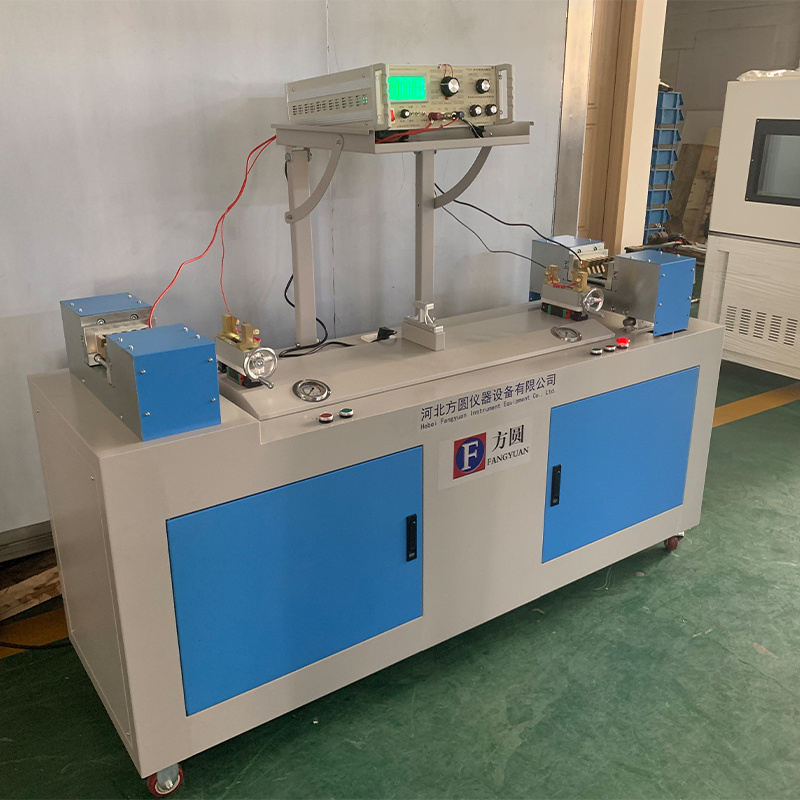high insulation resistance test equipment
High Insulation Resistance Test Equipment Ensuring Safety and Reliability in Electrical Systems
In the realm of electrical engineering, safety and reliability are paramount. One of the critical aspects of ensuring that electrical systems operate effectively and safely involves insulation resistance testing. High insulation resistance test equipment plays a vital role in this process, helping to identify potential issues that could compromise the integrity of electrical installations. This article will explore the importance of high insulation resistance testing, the operation of the equipment, and its significance in various applications.
The Importance of Insulation Resistance Testing
Insulation resistance is a measure of how well a material can resist electric current. In electrical systems, proper insulation is crucial as it prevents unintended current flow, which can lead to equipment failure, electric shock, or fire hazards. Therefore, conducting insulation resistance tests is an essential practice in ensuring the safety and functionality of electrical systems.
High insulation resistance test equipment is designed to measure the resistance of insulating materials and components. By applying a high voltage to the insulation and measuring the resulting current, technicians can calculate the insulation resistance. This data helps identify any degradation in insulation due to factors such as moisture ingress, physical damage, or aging. Regular testing ensures that any issues are detected and addressed before they can lead to catastrophic failures.
Operation of High Insulation Resistance Test Equipment
High insulation resistance test equipment typically consists of a power source, a measuring device, and connectors for testing. The most common type of test equipment employs a megohmmeter, which applies a high voltage (usually between 250V and 5kV) across the insulation material. This high voltage is necessary to stress the insulation, simulating conditions it might experience in operation.
high insulation resistance test equipment

The operation of the equipment is relatively straightforward. Technicians connect the megohmmeter’s terminals to the circuit under test – one terminal to the conductor and the other to the ground. Once activated, the device applies the designated high voltage and measures the current that flows through the insulation. From this information, it computes the insulation resistance in megohms (MΩ). A resistance value above a certain threshold generally indicates healthy insulation, while a low value suggests potential risks requiring further investigation.
Significance in Various Applications
High insulation resistance test equipment is utilized across several industries, including power generation, manufacturing, telecommunications, and utility services. Its significance is particularly notable in applications involving high-voltage systems, large motors, transformers, and electrical panels.
In power generation facilities, for instance, ensuring that generators and turbines have adequate insulation resistance is crucial to preventing outages and maintaining system reliability. In manufacturing settings, high insulation resistance testing is vital for equipment such as motors and transformers that are used continuously. For telecommunications, where uninterrupted service is critical, regular insulation testing helps avoid service interruptions due to insulation breakdown.
Additionally, in compliance with safety regulations and standards, many industries are mandated to conduct insulation resistance tests at regular intervals. This not only protects equipment but also safeguards personnel working with or around electrical systems. By investing in high-quality insulation resistance test equipment, organizations can enhance their overall safety protocols and reduce liability risks.
Conclusion
High insulation resistance test equipment is an indispensable tool in maintaining the safety and reliability of electrical systems. By ensuring that insulation remains effective, organizations can prevent accidents, reduce operational downtime, and comply with industry regulations. As technology advances, the efficiency and accuracy of these testing devices continue to improve, making it more feasible than ever for industries to prioritize insulation testing. In a world where electrical safety is critical, high insulation resistance testing stands as a frontline defense against electrical failures.
-
Why the Conductor Resistance Constant Temperature Measurement Machine Redefines Precision
NewsJun.20,2025
-
Reliable Testing Starts Here: Why the High Insulation Resistance Measuring Instrument Is a Must-Have
NewsJun.20,2025
-
Flexible Cable Flexing Test Equipment: The Precision Standard for Cable Durability and Performance Testing
NewsJun.20,2025
-
Digital Measurement Projector: Precision Visualization for Modern Manufacturing
NewsJun.20,2025
-
Computer Control Electronic Tensile Tester: Precision and Power for the Modern Metal Industry
NewsJun.20,2025
-
Cable Spark Tester: Your Ultimate Insulation Assurance for Wire and Cable Testing
NewsJun.20,2025
 Copyright © 2025 Hebei Fangyuan Instrument & Equipment Co.,Ltd. All Rights Reserved. Sitemap | Privacy Policy
Copyright © 2025 Hebei Fangyuan Instrument & Equipment Co.,Ltd. All Rights Reserved. Sitemap | Privacy Policy
